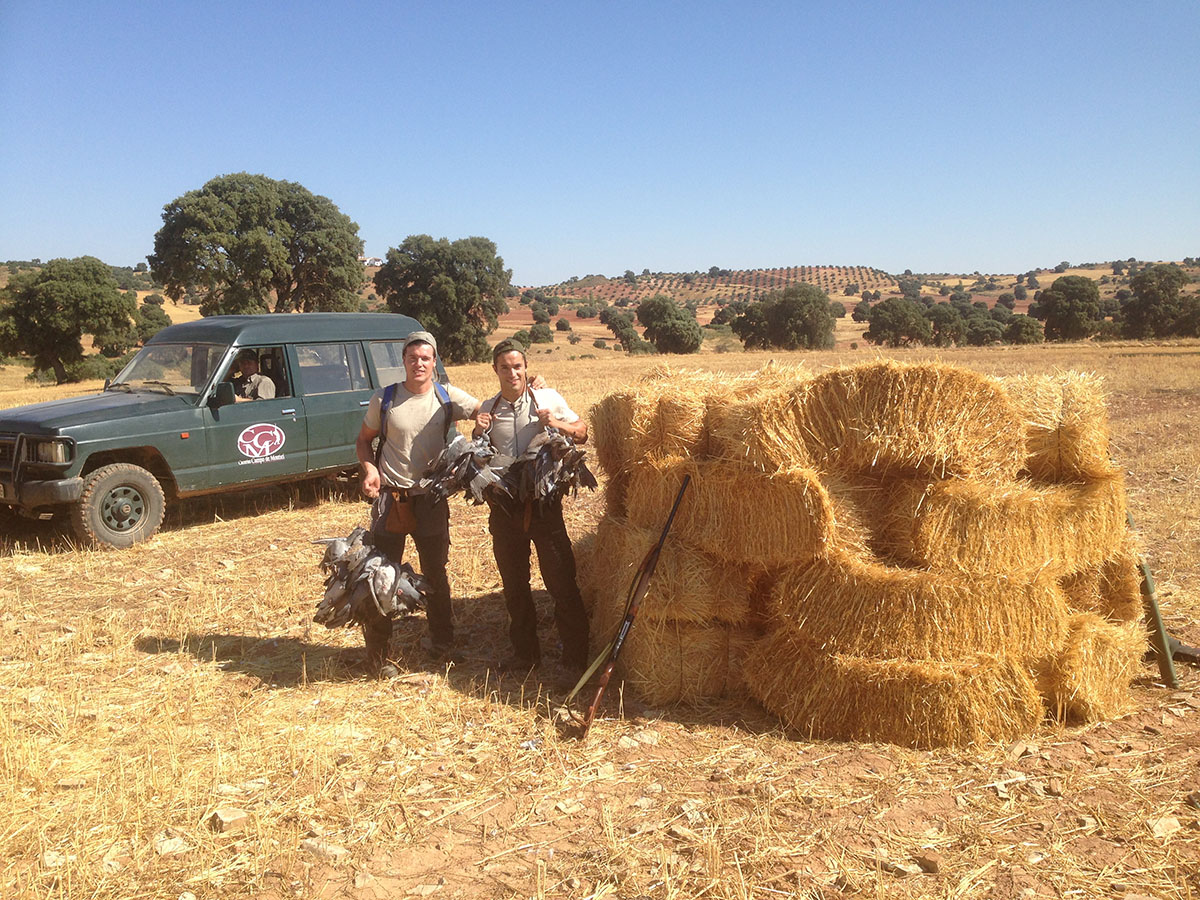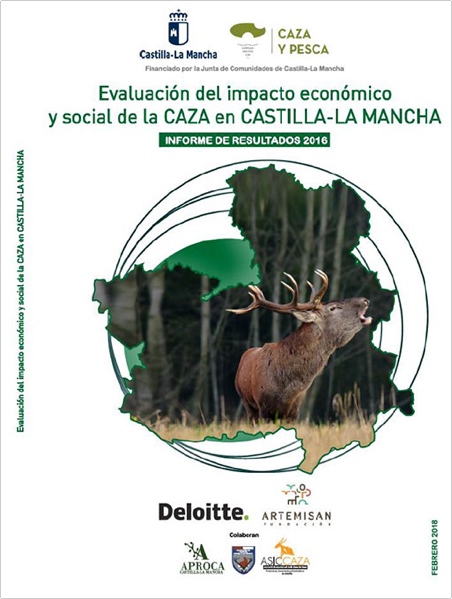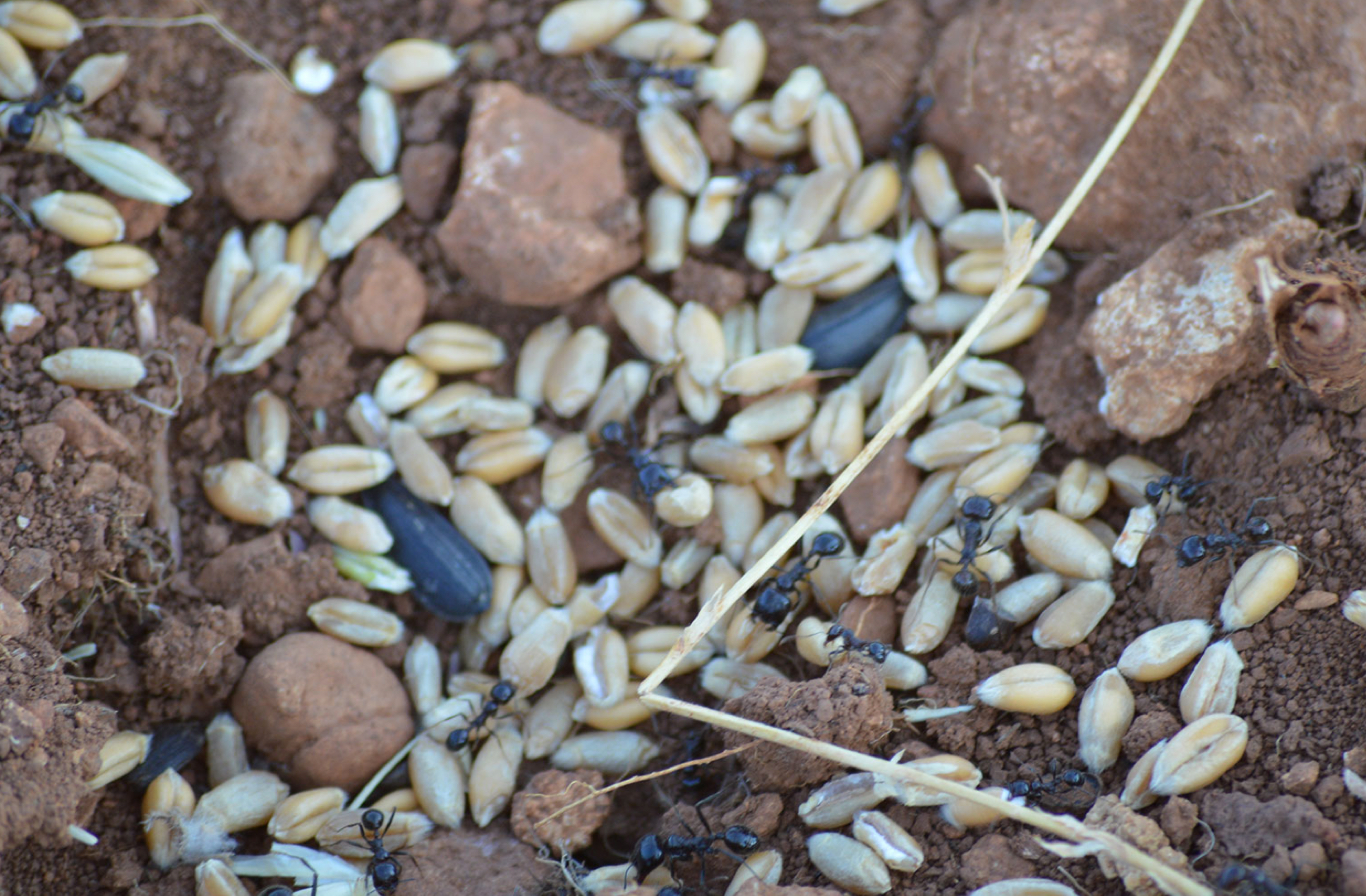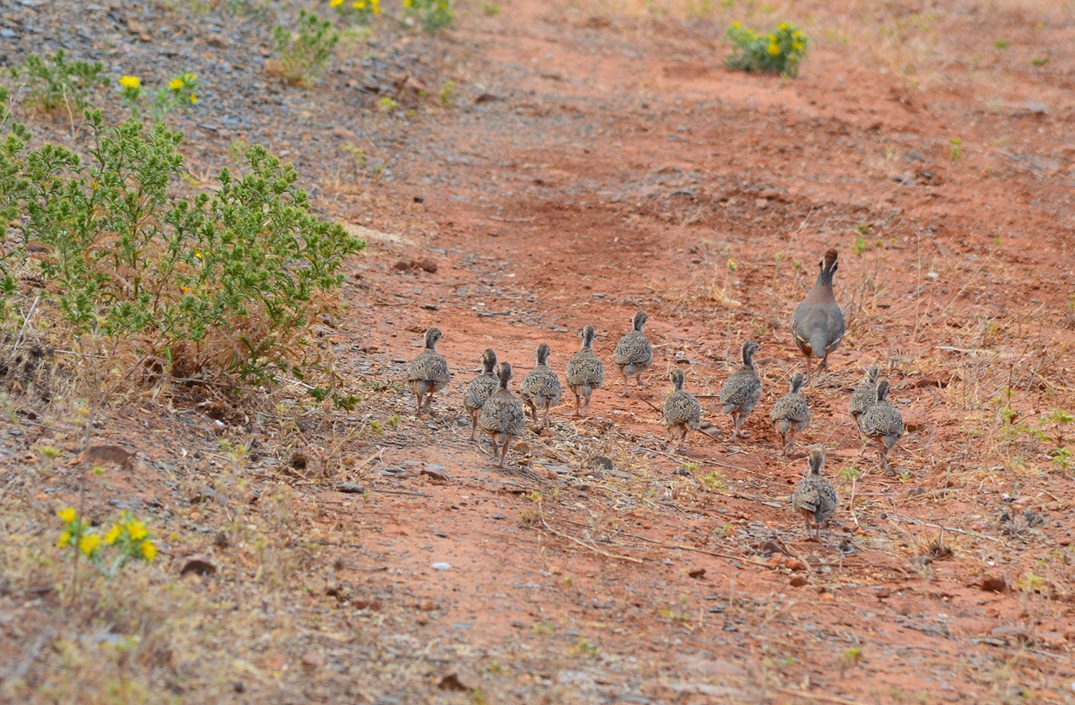We have recently closed the half closed season for migratory birds, with our much-desired host species such as pigeon, turtle dove and quail. During this period, in general, there has been a bit of everything, what has been most abundant have been the storms and torrential rains throughout the peninsular geography in general, as in many of the areas with a great love of pigeons and doves, these have fled to other farms with more forage and cover of holm oaks, due to the fear of the loud rumblings of thunder and lightning. All this happened on such delicate and vitally important days as the full moon period, when migratory birds take advantage of this time to arrive or leave for other areas.
Luckily for our estates, here the pigeons have not left but many more have come, because in our mountains, they have found abundant areas of pasture with holm oaks and high Mediterranean scrubland, where they have found protection and in turn have guaranteed food, as we have been providing food since July in various feedlots, with food from various cereals that have achieved their goal, which was to attract these much desired migratory pigeons.
As a summary of the migratory season; I can say that we have been seeing the turtledoves since April the first couples and in turn, have endured here in our farms until mid-September, and all thanks to the thousands of kilos of food that we have thrown them, as well as the planting of peas, vetch and wheat chamorro that take advantage as a second alternative, as well as the tranquility that we give them, because this season has been a very significant change in the quota and hunting period of our beloved turtledoves, because they have only been able to hunt for 7 days in Castilla la Mancha and this restriction imposed from the offices leaves much to be desired, as it is well known that this restriction is only due to a political question and without “any strength”, because here in Spain they hardly hunt turtledoves in comparison to Morocco, where they annihilate them with massive means, such as captures with nets and similar, without any order of closure whatsoever. ..
About the wood pigeons, I can say that they have bred twice this year, as we saw the first nests in April, and they have bred well thanks to the fact that we put a lot of pressure on the corvids on our farms, carrying out an exhaustive control with trap cages and firearms, which is what is authorised here by the regional ministry. If they are not controlled in this way it would be a disaster, as they eat all the eggs and chicks that the pigeons and turtle doves can raise, as this is a big problem in many of the hunting grounds, called “excess of corvids and especially magpies”.
About the quails, I can say that in an area we have of about 2,000 hectares where they are always present annually and where as a general rule there are neither abundant nor scarce, if not a normal thing within the crisis that the quail is going through, I can say that last spring many were seen as in other years on the same dates. They used to be heard singing with joy in the mornings and evenings, as this spring was very rainy and this fact was very favourable for the cereal crops to grow by leaps and bounds, and even grasses and weeds grew which had not grown with such force and stupor for years, just as the streams carried a small, but sufficient flow to supply all the animals that need it.
Everything was going very well, good spring, good harvests, good weather, until the cereal harvest arrived and then big tractors arrived, with large trailed machines called “alpacadoras”, which in less than a week left all the straw compacted into large bales of straw of about 400 kg each.
Before this event, we spoke to several of the owners of the plots in an area with a very commercial and extensive agricultural policy, to try to reach an agreement, and I would like to point out that none of them agreed to leave the straw “free” in the months of July until mid-September, and therefore we had to offer a small amount of money for such collaborative efforts.
After this event, quail that were in areas where straw was immediately removed and had no protection obviously left.
In a cereal area of another reserve with about 500 ha where less commercial and extensive agriculture is practised, we were able to convince the owners to leave the straw unharvested until 15 September (after payment). This paid off and here we were able to hunt quail in a rational way.
As a final conclusion of the half closed season, I can say that if the preserves are looked after at a general level, the natural ponds are cleaned and cleared, food is provided in feeders and magpies are controlled, we can continue to have pigeons and turtle doves in our preserves. Similarly, if the CAP law were to make it compulsory (against payment) to leave the straw in the stubble fields until mid to late September, then the quails would not have to leave.
All of the above, it is of no use that here in Spain they put “sticks to the wheels” to the hunting of turtledoves, if in Morocco they massacre them with all kinds of extremely potential net traps, without quotas or bans, where they annihilate thousands of pigeons and turtledoves without any control, just as on full moon days they wait for the quails which, exhausted and unable to swim, swim across the “strait” and take advantage of the entry points to wait for them with “clubs and sticks” and beat them to death, “That’s not hunting, that’s annihilation”.
Juan Jose Tebar
info@caceriascampodemontiel.com
www.caceriascampodemontiel.com



